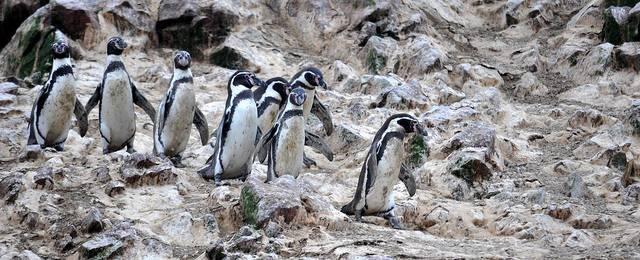
If you want to know if conservation spending is working, just talk to the birds. The brown pelican and the Aleutian Canada Goose to be exact.
Both species were in perilous decline by the late 20th century. Today, thanks to both funding and more aggressive conservation efforts, both species have recovered from near extinction.
But then, the same can be said for a host of other members of the animal kingdom, like the greater one-horned Asian rhinoceros, whose count has doubled since 1975; the gray whale, which was hunted almost to extinction in the early 20th century and now numbers in the several thousand; and the black rhinoceros, which is still considered critically endangered but is under protection.
The message here, say researchers who looked at both the benefits and the shortcomings of today's conservation funding, is that money does make a difference. And even more to the point, just a bit more funding could have had an even greater result.
An international team of researchers that included experts from the UK, U.S. and Canada looked at the impact that such funding can make on reducing biodiversity loss across the world.
"Inadequate funding levels are a major impediment to effective global biodiversity conservation," note the international team of authors in their earlier report (2012), which examined how to increase conservation efforts in developing nations, where monies are less available for biodiversity conservation. The researchers realized at that time that conservation efforts "have been hampered for decades by poor and incomplete data on actual spending, coupled with uncertainty and lack of consensus over the relative size of spending gaps and that " very modest increases in international assistance would achieve a large improvement" in saving species that were on the brink of extinction.
In their more recent work, published in Nature, the nine researchers looked at ways to create an evidence-based model that stakeholders can use to predict and adjust the impacts of funding. Using their model, they found that global efforts to reduce species loss due to habitat loss and other environmental factors amounted to $14.4 billion between 1992 and 2003. They found that biodiversity loss (that includes animal, plant, insect and other species) in the 109 countries they studied decreased by 29 percent over that decade. What's more, a "mere" $5 million more would have decreased species loss by as much as 50 percent in Peru and 90 percent in Rwanda, two of the countries hit hardest by conservation funding restrictions.
"For 25 years, we have known that we need to spend more on nature conservation, or face a modern mass extinction as serious as that of the dinosaurs," said Dr. Anthony Waldron, who at the time was serving as a researcher at Oxford University and led the research. He is now based at the National University of Singapore.
Jan Lee is a former news editor and award-winning editorial writer whose non-fiction and fiction have been published in the U.S., Canada, Mexico, the U.K. and Australia. Her articles and posts can be found on TriplePundit, JustMeans, and her blog, The Multicultural Jew, as well as other publications. She currently splits her residence between the city of Vancouver, British Columbia and the rural farmlands of Idaho.














